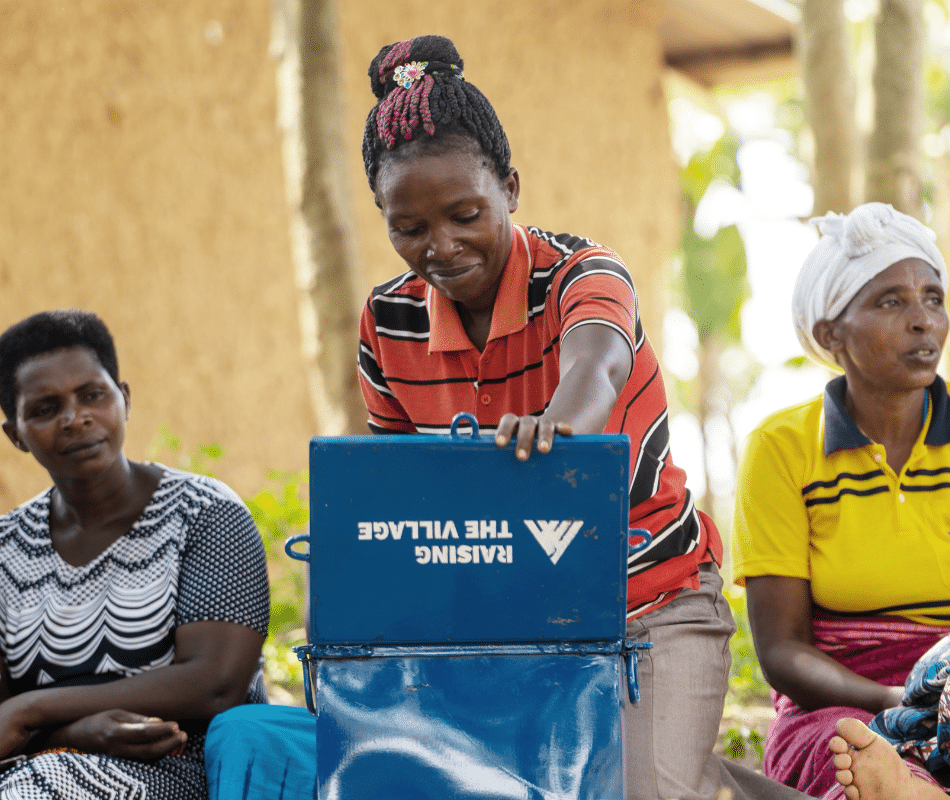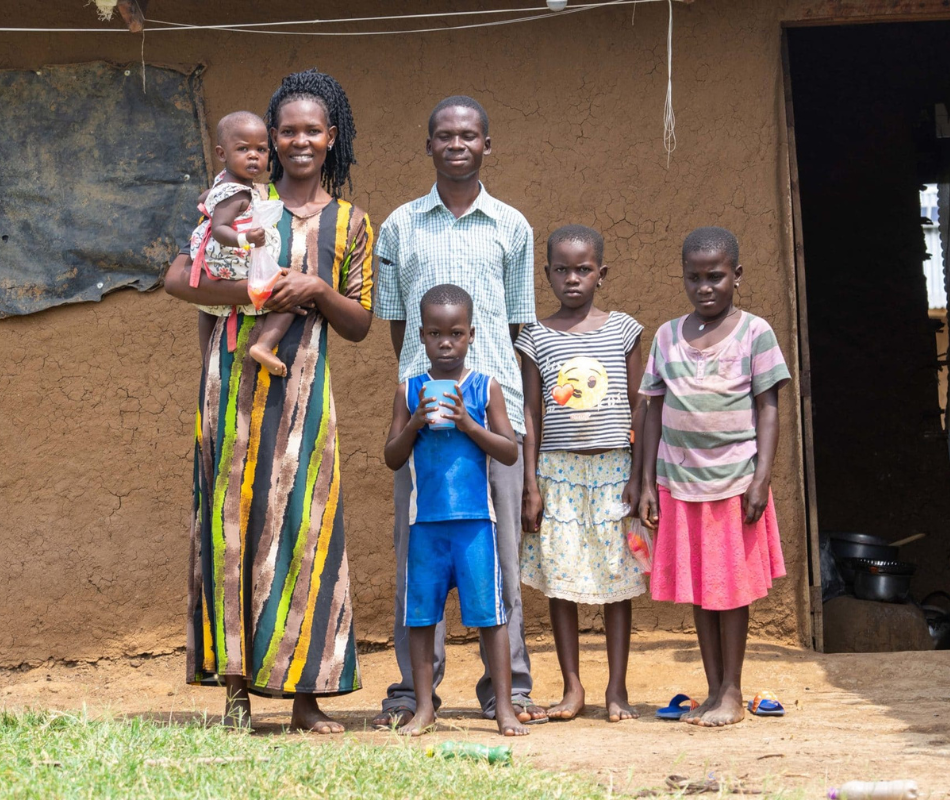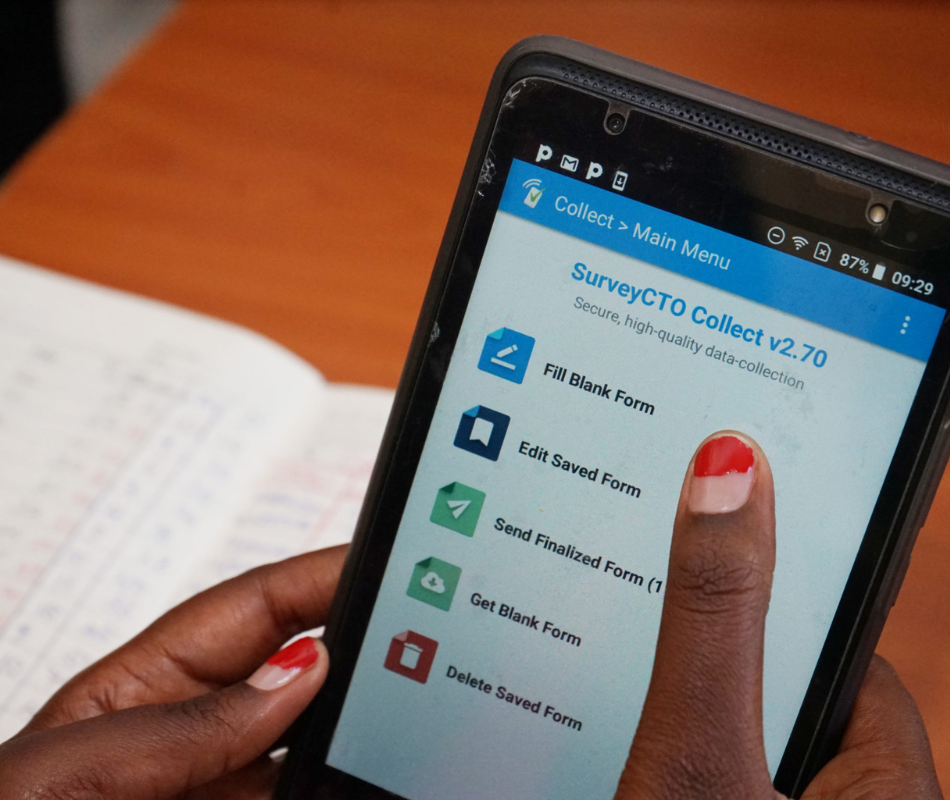This website uses cookies so that we can provide you with the best user experience possible. Cookie information is stored in your browser and performs functions such as recognising you when you return to our website and helping our team to understand which sections of the website you find most interesting and useful.
Agriculture
Driving Incomes
In Raising The Village’s last-mile partner communities, agricultural productivity and market value improvements are the primary drivers of increased income and earnings. We work with partner communities reliant on rain-fed agriculture on less than 1 acre of land for subsistence – often not enough to sustain a family of five.
Our programs work to sustainably increase agricultural incomes over 24 months by introducing good agronomic practices, better quality inputs, crop diversity, access to local credit and organized community structures through cooperatives and improved market access. These measures are further augmented by introducing environmentally sustainable and cost-effective practices such as using organic fertilizers and pesticides.
These interventions, combined with our multidimensional approach to improve health and well-being and gender equity, and introduce other income-generating and community development activities, enable households to increase participation in agricultural activities, improve their agricultural productivity, and, consequently, incomes. The results are bigger harvests, better quality yields, and increased sales that build household incomes year after year as they transition from subsistence farming to sustained and diversified income streams.
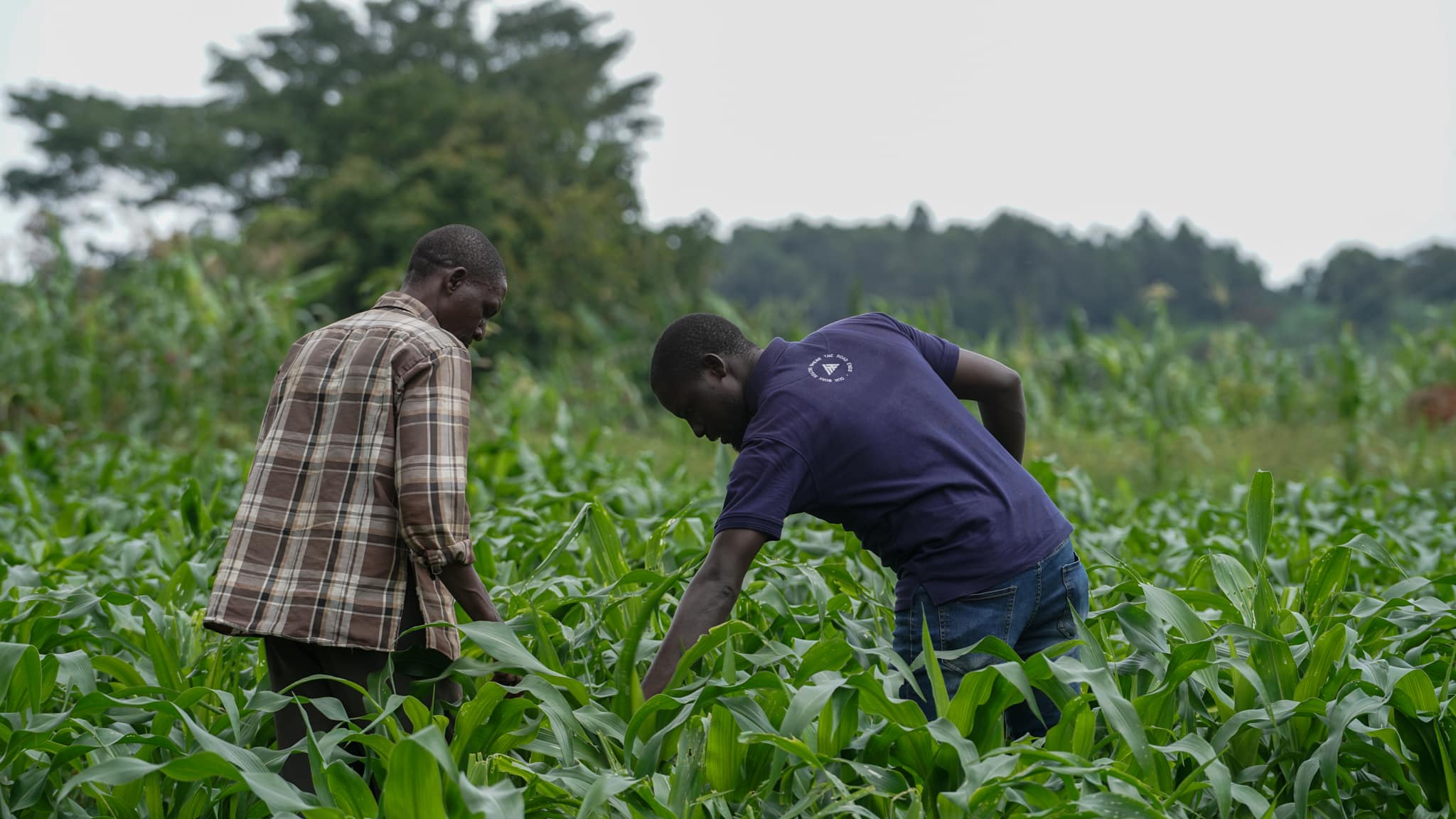
Good Agronomic Practices – Technical Knowledge and Mentoring
We work with last-mile communities to introduce modern farming practices and techniques. Beneficiaries are trained on various agricultural components, including how to set up demonstration gardens, soil management, compost making and utilization, the interaction between crops and animals and the use of organic pesticides. The comprehensive training program in collaboration with local government extension workers includes organic farming, preparation, planting, and post-harvest training. To facilitate community learning, demonstration gardens are set up in each village to equip communities with knowledge and skills in applying best farming practices. Ensuring the participation of community members, especially women and youth, conducting refresher training, regular household check-ins and support, and real-time compliance tracking leads to higher crop yields and a greater output per unit of land, translating into increased incomes for farmers.
Agricultural Inputs – Seasonal Crops, Organics, and Tools
Access to high-quality, climate-resilient, and diverse seasonal crop inputs remains challenging for ultra-poor communities and a significant barrier to increased agricultural incomes. Raising The Village provides diverse varieties of verified and certified staple crop seeds. The selected crops are identified based on community needs assessment, compatibility with the soil and climate profile of the region, and yield and maturity rates. Organic crop varieties for accessible and environment-friendly pesticides and agricultural tools for each village are also provided for holistic support.
These inputs, combined with training and follow-up, ensure that communities have higher yields, a diversified broader range of products for sale and less vulnerability to market fluctuations. To read more about climate-resilient farming techniques practiced by our partner communities, click here.
Improved Access to Markets
We identify ways of improving farmers’ access to markets by providing information about market opportunities, establishing and training cooperatives to self-organize, and connecting them with buyers. This helps farmers sell their products at better prices, increase their bargaining power, and reduce the risks associated with marketing.
Agricultural Committees
Community Agriculture Teams (CATs) and Village Livestock Teams (VLTs) are formed and trained to help promote and provide ongoing frontline support to communities. In addition, agricultural Committees are formed in each village with democratically elected leadership. These committees represent community ownership and leadership of the initiatives, support their fellow community members, and are instrumental in mobilizing the community towards common goals.
Access to Peer-Reviewed Credit
Establishing Village Savings and Loan Associations (VSLAs) serve as an important initiative for communities to form cooperatives with shared goals and provide access to peer-reviewed and low-cost credit to invest in agriculture. Equitable representation of women and youth is ensured in the leadership positions of these VSLAs.
This enables higher participation in agriculture as an economic activity and removes significant barriers to gaining long-term economic self-sufficiency even after our programs have ended.
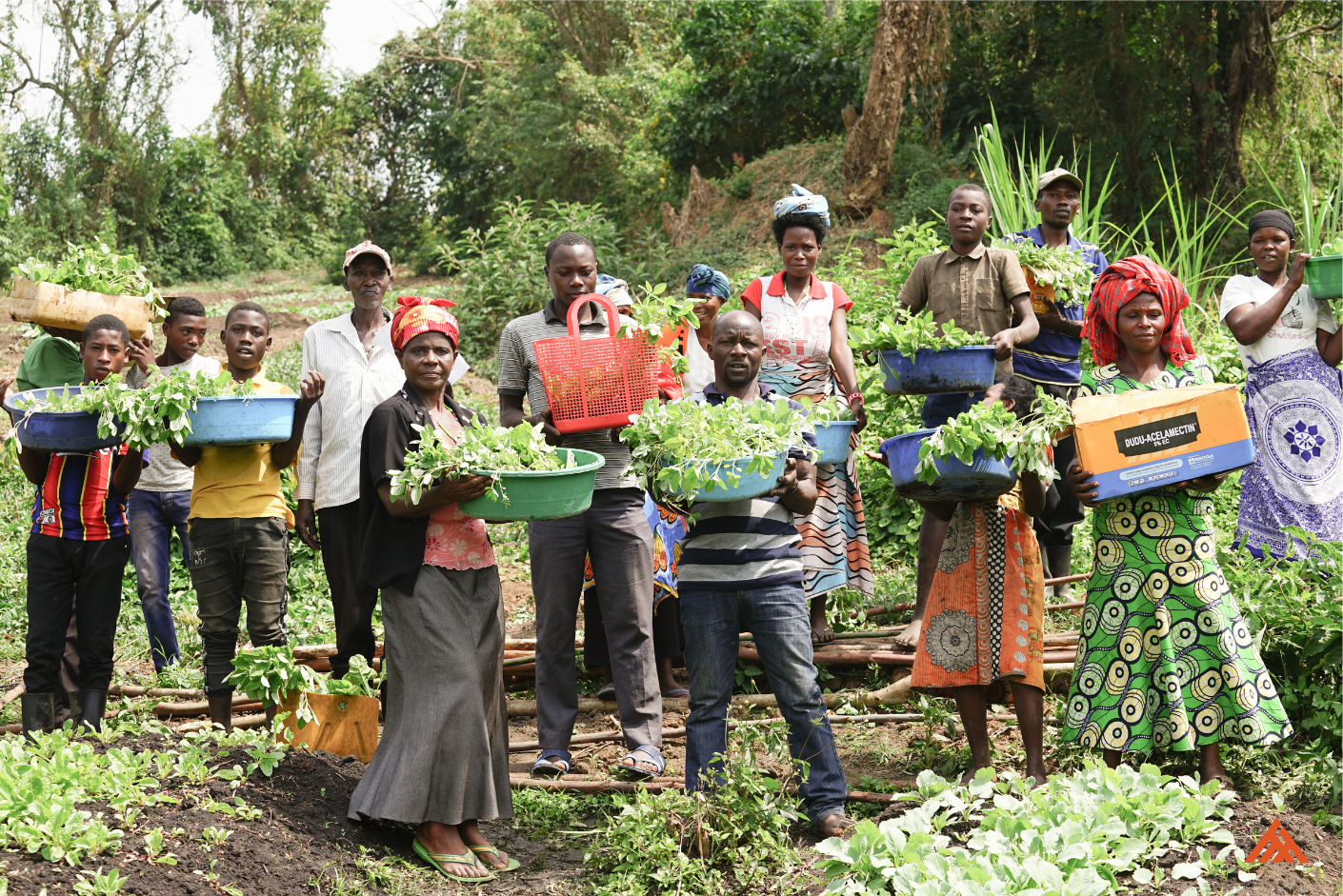
Sustainable Food Security – Inputs and Training
Initiatives such as home gardening complement perennial and seasonal agriculture, providing immediate food security and an additional income stream while lowering household spending on buying vegetables separately. Communities receive training on nutrition and are provided with a large variety of vegetable seedlings for communities to transplant in their home gardens for a sustainable, reliable, and nutritious food supply for each family and maximize a 5×5 metre garden or grow in existing household items such as cans. As a result, our Partner Communities are able to spend less on buying vegetables, have an additional source of income by selling the surplus and can focus on other agricultural initiatives to increase incomes.
Multi-dimensional Support to Enable Participation
Lack of access to basic necessities such as water and health care prevents families from investing time, energy, and resources in income-generating and learning activities. This reduces the time for productive work, erodes savings, and perpetuates a cycle of ultra-poverty. In addition, factors such as gender and age further dictate the intensity of these challenges.
We work with last-mile communities to identify barriers to development and address them to unlock time and resources. This includes providing constructing water sources, promoting good hygiene and sanitation practices, and creating health awareness. Our training program on Gender Equity and Mindset Change (Healthy Household Training) works towards changing behaviours towards the participation of women and youth in economic activities and leadership. This multi-dimensional approach ensures that communities, including women and youth, are able to fully participate in our agricultural programming and move towards economic efficiency.


